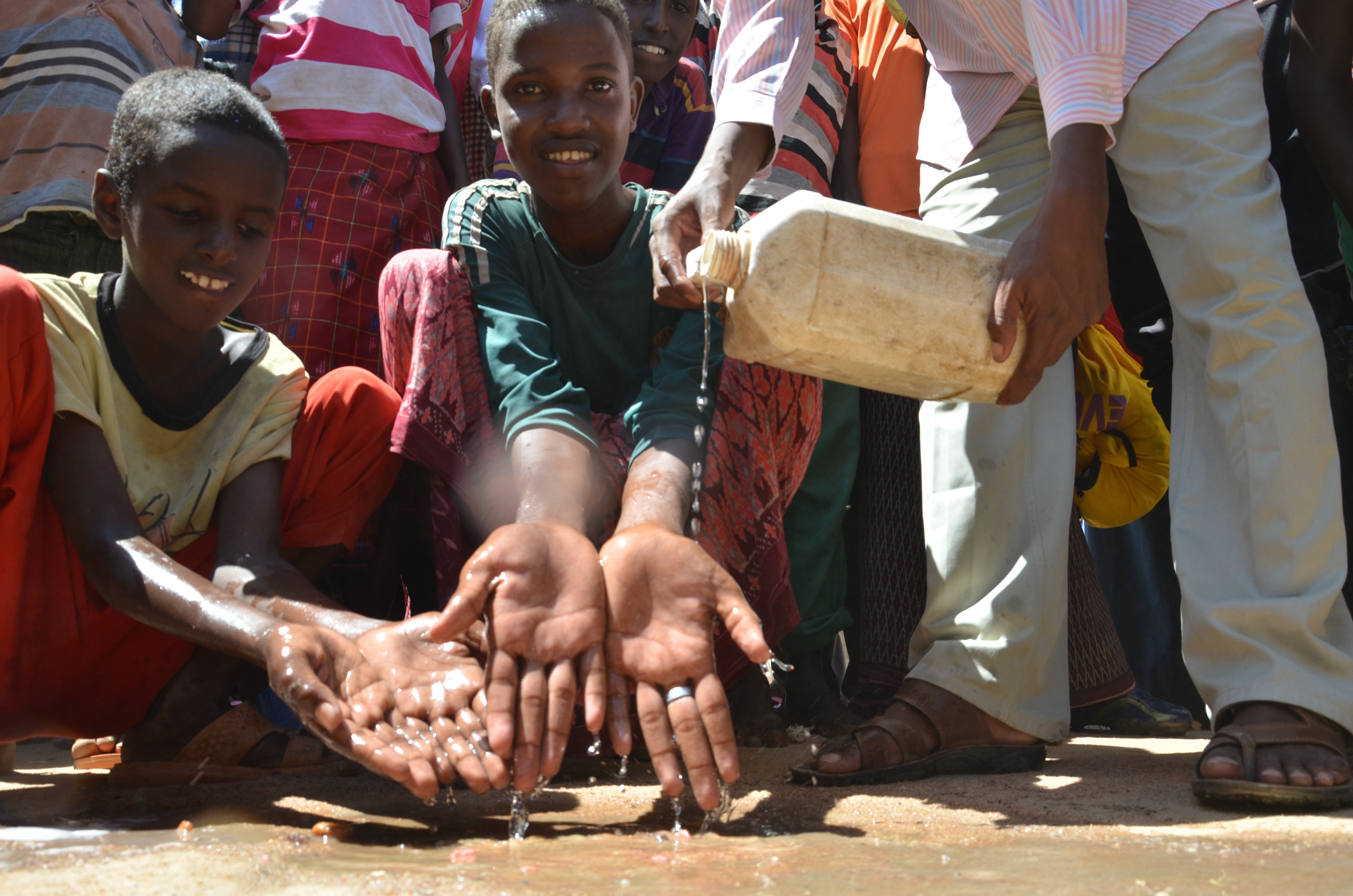Somalia: Fresh exodus from Mogadishu, thousands still reaching Kenya
Somalia: Fresh exodus from Mogadishu, thousands still reaching Kenya
Amid reports of a fresh exodus from war-ravaged Mogadishu this week, the number of uprooted Somalis arriving this year in the sprawling Dadaab refugee camp complex in north-eastern Kenya has now surpassed 45,000.
This week's fighting in the Somali capital, described by witnesses as the worst since the beginning of the latest insurgency in February 2007, has forced at least 15,000 people from their homes, according to estimates from UNHCR's humanitarian partners in the city. Almost half of the newly displaced civilians have moved to safer parts of Mogadishu, while most of the others fled west towards the Somali town of Afgooye, an area already jammed with more than 300,000 internally displaced people.
Meanwhile, UNHCR teams in Kenya's remote Dadaab refugee camp, some 80 kilometres from the border with Somalia, report the continuing arrival of thousands of Somali refugees per month. Even though the Kenya-Somalia border has remained closed since early 2007, this year alone we have registered more than 45,000 new asylum seekers at Dadaab.
On average, some 5,000 refugees arrive from Somalia every month. The population in Dadaab, one of the world's oldest, biggest and most congested refugee camps, is now more than 215,000 - a 25 percent increase since the beginning of this year. Most of the Somalis arriving in Dadaab are from Mogadishu. Others are from the Lower Juba regions of Kismayo, Jamame and Afmadow.
The Dadaab refugee camp complex, a cluster of three sites (Ifo, Dagahaley and Hagadera), is currently hosting more than twice its intended population. The recent influx has worsened the overcrowding and UNHCR has made decongesting the camp a priority. The Kenyan government recently identified additional land in Fafi district, also in northern Kenya, where we plan to build another camp to accommodate arriving Somali refugees.
Registration of new arrivals is ongoing to ensure refugees have proper access to services. However, many of them still depend on relatives and friends or set up makeshift shelters themselves. We are working on improving sanitation facilities and increasing the amount of water available to the refugees.
The new wave of displacement in Mogadishu is worsening an already catastrophic situation in a war-torn country where more than 1 million people are displaced. Some 700,000 people fled Mogadishu last year alone. We estimate that since the beginning of this year, another 160,000 people were forced to leave the Somali capital.
UNHCR's local partners in the city say people are confused, traumatized and fleeing in panic and despair. Many have no idea where to find shelter as they try to escape massive and indiscriminate shelling and violence that has killed some 200 people and wounded scores of civilians, including women and children.
We fear that the movement out of Mogadishu is likely to increase with the end of the month of Ramadan next week.
In a related development, UNHCR reiterates its strong support for a call from the World Food Programme (WFP) to the international community for anti-piracy naval escorts for vessels carrying vital food supplies and another humanitarian aid to Somalia.







